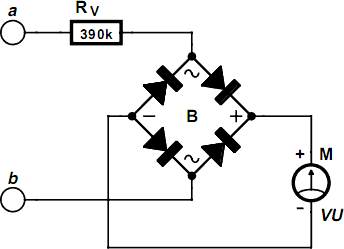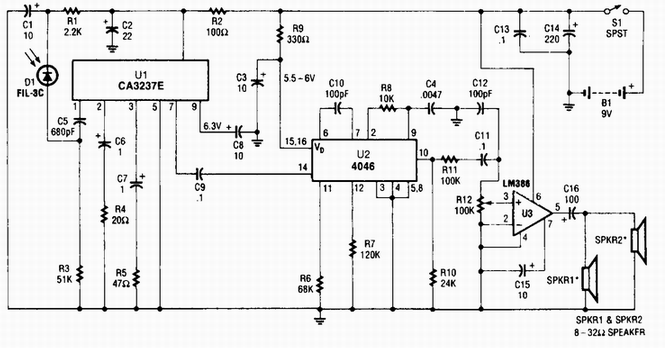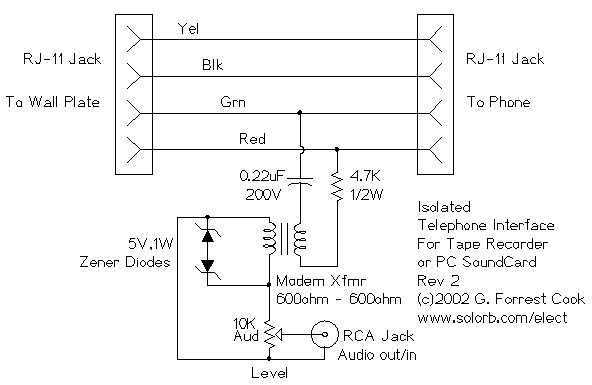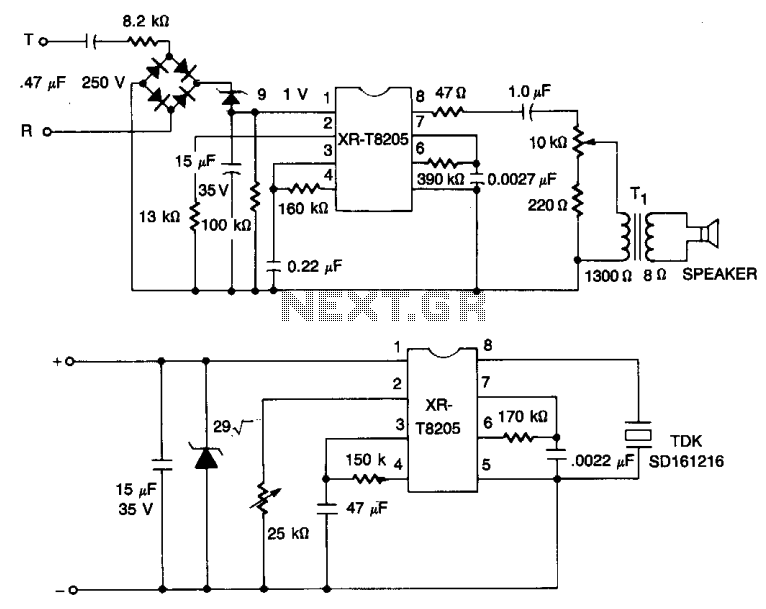
Chip recorder customizes phone ringer

The original input data describes a common situation in many companies where a single type of telephone is purchased for all employees. This is often done to take advantage of quantity discounts. However, this can lead to problems as the same ringer sound is used for everyone, causing confusion when a phone rings as multiple people may pause and check their phones. Another issue mentioned is the lack of a visual message indicator, which forces employees to lift the handset and listen for a special message tone to confirm if they have a message, which is not the most efficient method.
Building on this, an electronic solution to the problem could be the integration of a programmable ringer and visual message indicator into the telephone system. A programmable ringer allows each user to select a unique ringer sound, reducing the confusion caused by a single ringer sound. This can be achieved by incorporating a digital sound generator circuit into the telephone. The sound generator circuit can be programmed with multiple ringer sounds, and the user can select their preferred sound through a user interface.
The visual message indicator can be implemented using a light-emitting diode (LED) circuit. The LED can be activated when a new message arrives, providing a clear visual indication. This eliminates the need for users to lift the handset to check for new messages. The LED circuit can be controlled by the telephone system's central processing unit (CPU), which can detect new messages and activate the LED accordingly.
In summary, by incorporating a programmable ringer and visual message indicator, the telephone system can become more user-friendly and efficient. The programmable ringer reduces confusion caused by a single ringer sound, while the visual message indicator provides a clear indication of new messages, eliminating the need to manually check for messages.Companies usually purchase one type of telephone for all employees, which is understandable, especially if they obtain a discount for buying in quantity. One ringer sound for everyone can pose a problem, though, if the sound of a ringing phone makes a dozen people pause and look at their telephones.
Equally annoying is the absence of a visual message indicator. Obliging everyone who suspects they may have a message to lift the handset and listen for a special message tone is far from ideal. 🔗 External reference
Building on this, an electronic solution to the problem could be the integration of a programmable ringer and visual message indicator into the telephone system. A programmable ringer allows each user to select a unique ringer sound, reducing the confusion caused by a single ringer sound. This can be achieved by incorporating a digital sound generator circuit into the telephone. The sound generator circuit can be programmed with multiple ringer sounds, and the user can select their preferred sound through a user interface.
The visual message indicator can be implemented using a light-emitting diode (LED) circuit. The LED can be activated when a new message arrives, providing a clear visual indication. This eliminates the need for users to lift the handset to check for new messages. The LED circuit can be controlled by the telephone system's central processing unit (CPU), which can detect new messages and activate the LED accordingly.
In summary, by incorporating a programmable ringer and visual message indicator, the telephone system can become more user-friendly and efficient. The programmable ringer reduces confusion caused by a single ringer sound, while the visual message indicator provides a clear indication of new messages, eliminating the need to manually check for messages.Companies usually purchase one type of telephone for all employees, which is understandable, especially if they obtain a discount for buying in quantity. One ringer sound for everyone can pose a problem, though, if the sound of a ringing phone makes a dozen people pause and look at their telephones.
Equally annoying is the absence of a visual message indicator. Obliging everyone who suspects they may have a message to lift the handset and listen for a special message tone is far from ideal. 🔗 External reference





